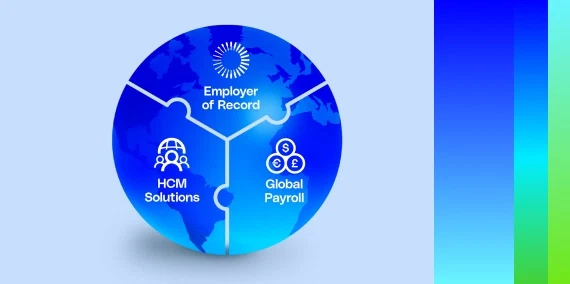The impact of the pandemic has forced business leaders to accept the inevitable change to the world of work. Companies all over the world are now facing tougher operational obstacles as a result of the complex and uncertain business environments and disruptions to the global supply chain. One of the most definitive challenges for company leaders to overcome in 2022 will be to effectively lead transformation amidst a rapidly changing workforce — a trend that is slowly becoming the focal point of business recovery.
According to a recent survey by McKinsey & Company, 91 percent of the senior executives polled plan to maintain or increase investment in digital technology in the coming years.
How can company leaders organize for change in 2022? Here are three key strategies to set your company for success.
1. Strategic change is a marathon, but without proper planning, it could be endless: The pandemic sent the world into an overnight lockdown, completely overhauling global business operations. Companies that reacted swiftly to the new conditions through innovation and change emerged relatively unscathed, as compared to others that showed inertia.
In a recent panel session on leading business transformation, industry experts discussed how companies can thrive in a post-pandemic and unpredictably volatile economy.
“It’s really important for leadership and organizations to understand that change is inevitable, especially in today’s time — if you don’t embrace it, start to practice it prior to that change coming, otherwise you’re going to have a tough time in making a transition and succeeding in today’s climate,” said Tanner Morris, Head of People at Ocient.
Companies need to be smarter, faster, and agile — changes require commitment, clarity, and shared vision from the top of the organization. According to research by MIT Sloan, following a “step up, step back” approach is a good way to understand, track, and deliver strategic change. Clarity is the most important aspect of planning for change. Why is the change happening now? What outcomes will this change bring? How can you better support employees to achieve the change? The findings of the research showed that this is the stage where most leaders go wrong.
2. Don’t just think deeply about employee experience — think about the human experience: Analytics and advice company, Gallup, defines employee experience as “a journey an employee takes with your organization” — a cumulative experience from pre-onboarding to post-departure. Individual moments in an employee’s journey within the company help govern how a worker feels about the organization.
While employee experience matters more than ever before, it is time for leaders to focus on their team members’ human experience as well.
“As companies, are you continuing to align your organization and your people to who you are? What makes you unique? What are your values? What do you stand for?” said Chuck Mollor, Founder, CEO, Advisor and Executive Coach at MCG Partners.
Companies must focus on bringing meaning into work and think about what motivates their employees. This goes beyond wellness and benefits programs, leaders should aim to provide growth opportunities and a supportive environment by ensuring open and honest dialogue.
3. Manage through the transition and prepare for a new reality: Successful and agile leaders can respond to changes in the industry by seizing new opportunities and developing new ways of doing business.
As work becomes more complex, companies can benefit from cross-border team collaboration to build new products, attract local customers, and achieve better results. Leaders must manage the transition to a new reality by reimagining the basic tenets of organizational structure. Functional silos within the company must be replaced with informal setups, allowing a rapid flow of information and informed decision-making.
The pandemic has underscored the urgency for a more dynamic and agile model of work. It has deconstructed company-wide hierarchy. Teams have become global and asynchronous: an at-scale shift to remote work that has accelerated digitization. Companies looking to tap into the global talent pool and build an international workforce can be greatly benefited by Globalization Partners’ global employment platform.
Hiring, onboarding, and managing a remote global team is easy, and you can compliantly pay your remote workers without hassle. With 187 international entities already in place, Globalization Partners takes care of payroll and meets mandatory labor requirements — letting you focus on your day-to-day operations.








